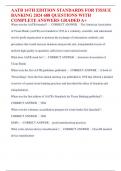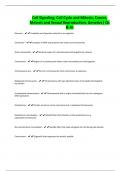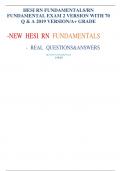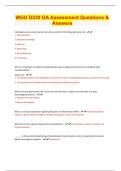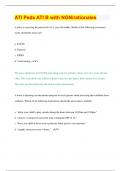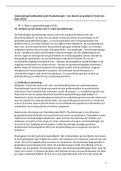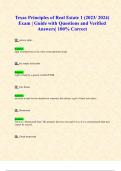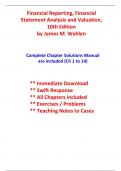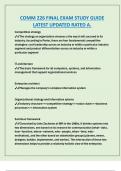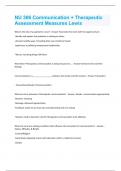Exam (elaborations)
UPDATED 2025/2026 AATB 14TH EDITION STANDARDS FOR TISSUE BANKING // 688 QUESTIONS WITH COMPLETE ANSWERS GRADED A+
- Course
- Institution
When was the AATB founded? - CORRECT ANSWER The American Association of Tissue Banks (AATB) was founded in 1976 as a voluntary, scientific, and educational not-for-profit organization to promote the exchange of information, methods, and procedures that would increase donation and provide safe...
[Show more]
